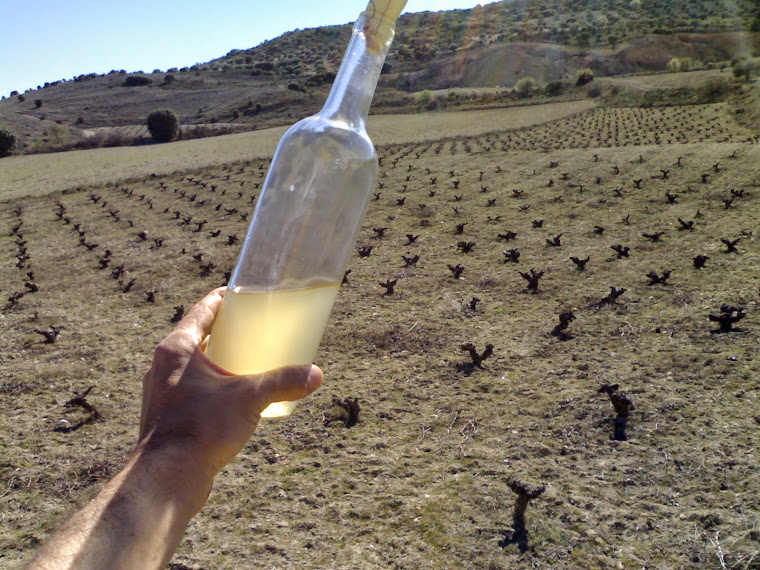Here's a summary of what and how we're recycling.
Recycling of bottles:

Right from the start of this organic wine project (5 years ago), we have made an effort to reuse our bottles. Apart from the obvious envirnomental reasons for recycling, there is also an economic benefit - both for us (the producers) and for you (the consumers). This is because we pass on the cost savings to the end customer by keeping our prices lower than if we had to buy all our bottles new.
Each new bottle costs us around €0,20 if we were to buy a whole pallet of 1561 bottles, and it would cost a lot more if we were to buy smaller quantities. We estimate that our consumers return about 50% of the bottles over the course of the year, which we then wash and reuse.
It's easy to return your bottles to us (in theory!). Just leave your empties at your pick-up point on delivery day (or a few days before if possible) and we'll take them away. You can also take them to the winery of course whenever you pop in for a visit.
We can also use wine bottles that are not ours, but in this case, we'd really appreciate it if you soaked the labels off first.
Cardboard boxes:
We've never actually bought any 6- or-12 bottle boxes, ever! We have this arrangement with a wine-bar whereby they keep their empty boxes and we pick them up every week or so. A classic win-win situation, as we get free boxes and they get free trash removal!
Corks:

Used corks can't be used to reseal a bottle of wine, but you can return them to us if you want. We've accumulated several thousand so far and we're saving them up make 1) anti-fly curtains for the doors and windows of the winery and perhaps 2) cover a wall of the winery like this shop has done: [link]
Reuse of stems, skins and pips:
We have two uses for these materials. Usually we take it all back to the vineyard where it decomposes/composts and so we improve the quality of the soil by adding organic matter. Some years we make grappa/orujo using a still.
((Vinos Ambiz - sustainable vineyard, natural, genuine, authentic, good quality wine expressing the terroir, recycling as much as possible, improving the fertility of the land, doing our bit for the environment and people's health))


























